How to Build a Bird Bird STEAM ACTIVITY
Are you looking for ways to incorporate STEM learning in your classroom? Then, check out this bird break challenge!
Bird beaks come in various shapes and sizes, and each bird species has a unique beak perfectly adapted to its lifestyle and feeding habits. In this engineering project, students will use the design process to create a bird beak using everyday objects and explore how different beak shapes can affect a bird’s feeding ability.
What’s the Design Process?
The Engineering Design Process is a problem-solving approach that involves several stages: define the problem, research, build, test, and analyze. Students will follow this process to create a bird beak!
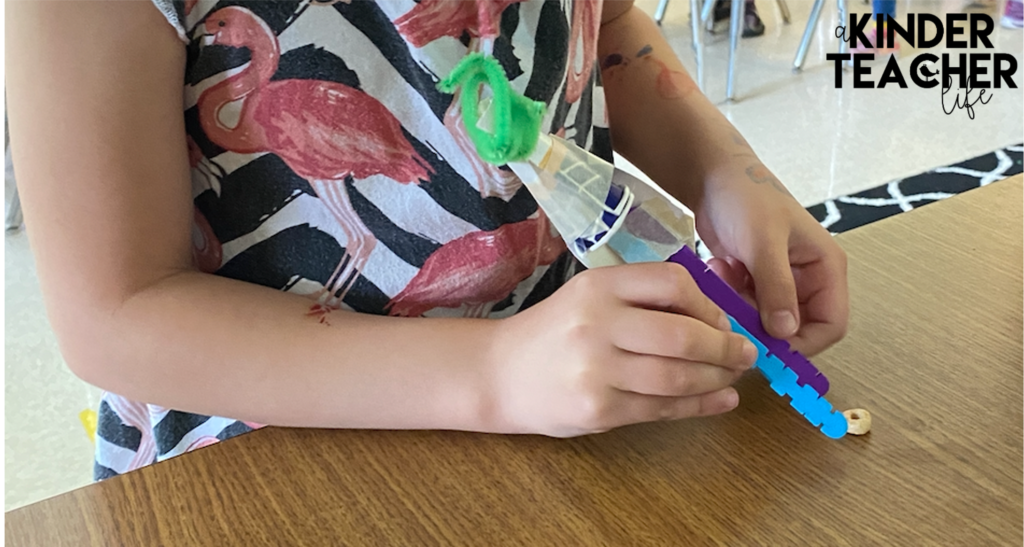
Define the problem
Our goal is to create a bird beak that can pick up different types of food. The foods are marshmallows, cheerios, and gummy worms.
Research
Before designing our bird beaks, students need to understand how real bird beaks work. Bird beaks come in different shapes and sizes depending on the bird’s feeding habits. For example, birds with long, slender beaks are often insectivores, while birds with thick, curved beaks are typically seed-eaters. We can get inspiration for our beak design by studying different bird species.
Brainstorm
They can now start brainstorming different beak designs. There are a wide range of everyday objects, such as plastic spoons, straws, chopsticks, and paper clips, to create their beaks. Encourage them to experiment with different shapes and sizes to see what works best.
Build It!
Once they have some design ideas, they can start creating our beak. They can use glue or tape to attach different objects and create a beak shape. Students adjust the shape and size of their beaks as they go along.
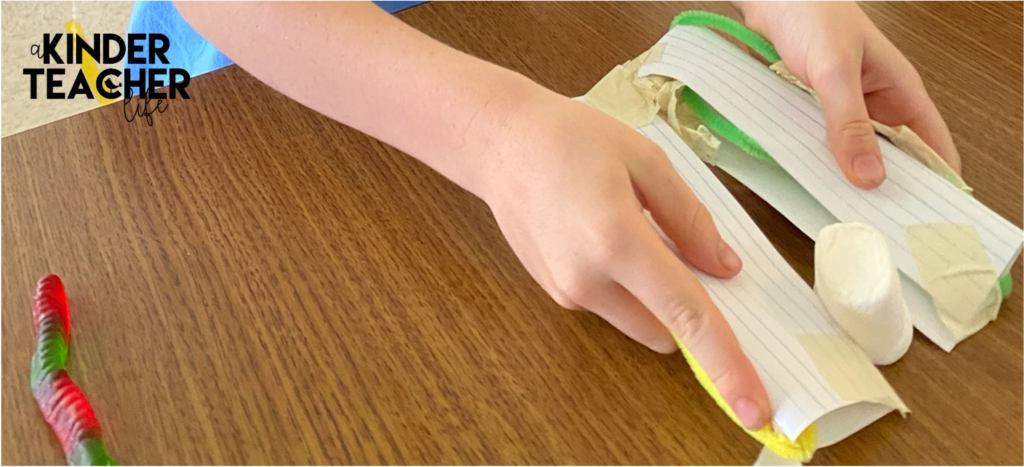
Test It!
Every student’s favorite part is testing their bird beaks to see how they will perform. They try picking up different types of food, such as marshmallows, cheerios, and gummy worms, to see how well their beak works. They use a recording sheet (a simple check “yes” or “no”) to record their data.
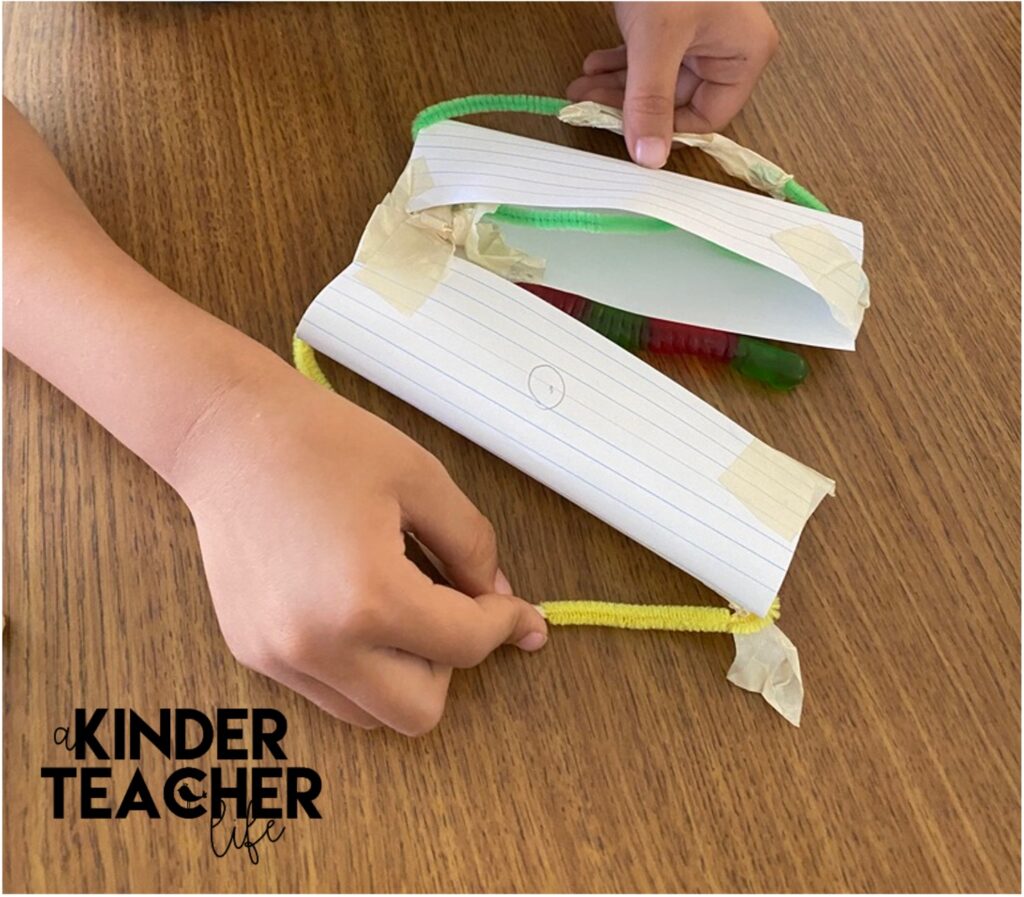
Reflect
Reflecting is the essential part! Students reflect on what worked and didn’t and what they would do differently.
Let’s Build a Bird Beak
Even in primary grades, we can use the design process to create a bird beak using everyday objects. Following the design process, we can systematically approach the problem of making a bird beak and create a functional and unique beak perfectly adapted to our specific needs. This project can also help us better understand how bird beaks adapt to their environments.
You can get the bird’s beak engineering project here.
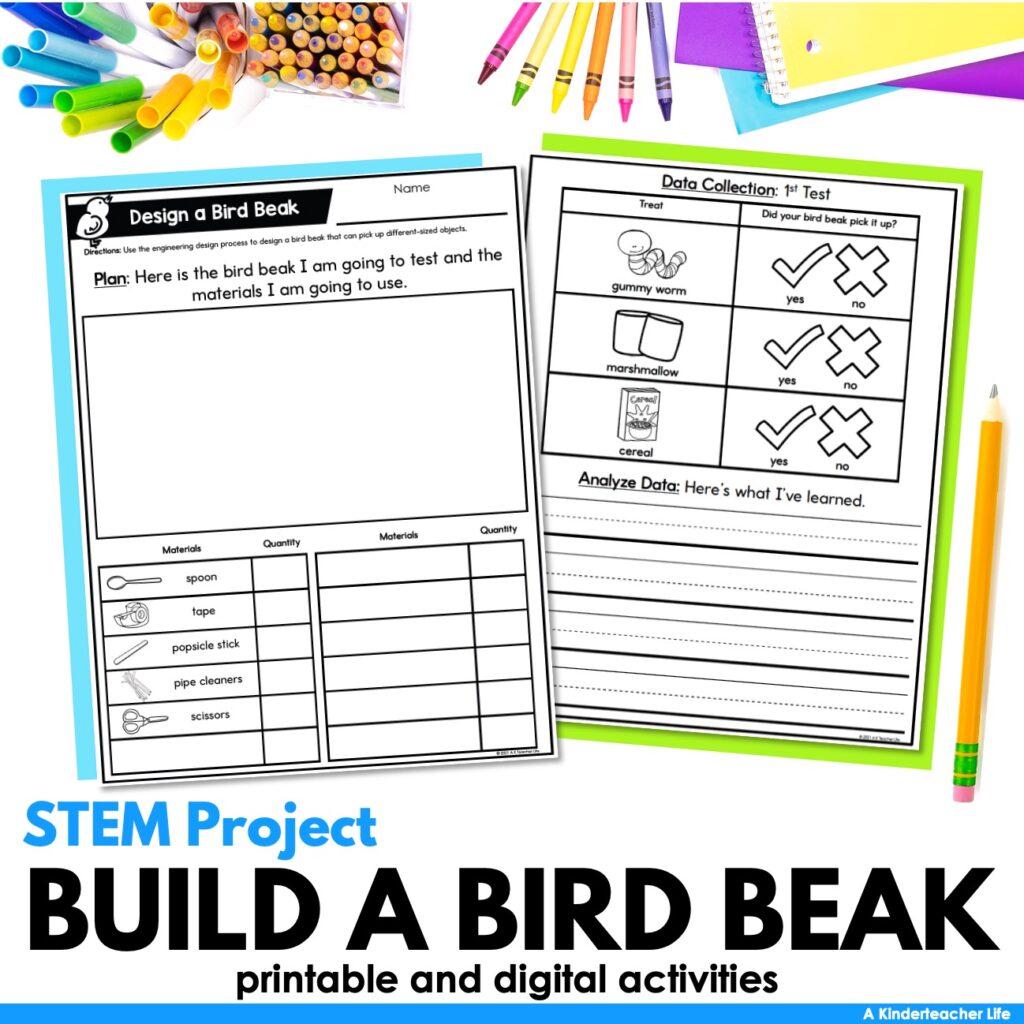
This resource includes a suggested material list, an e-book about bird beaks and adaptations, and recording sheets. Most importantly, these worksheets are designed with kindergarten and first graders in mind, so the information is visual, and students can complete them independently.
What are some STEM activities you use? Let me know in the comments section.
Happy Teaching,
Tee


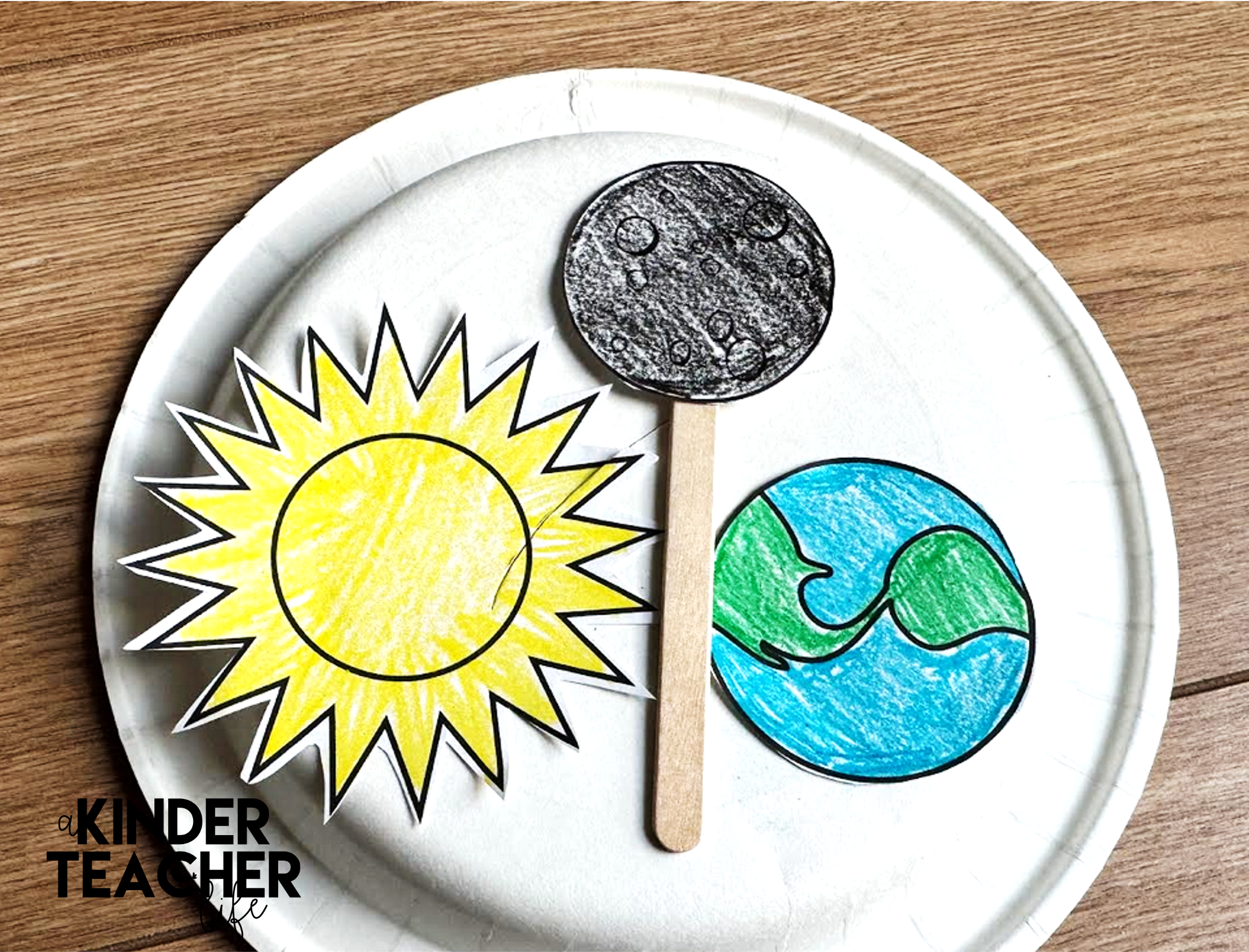
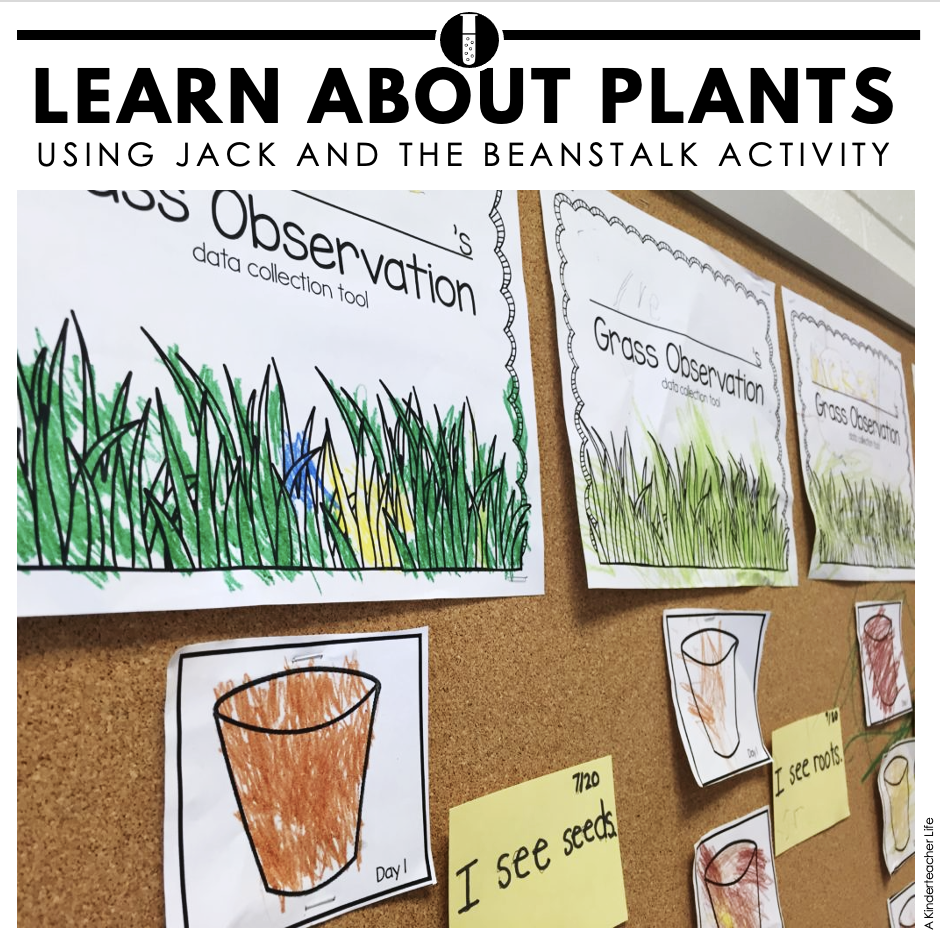
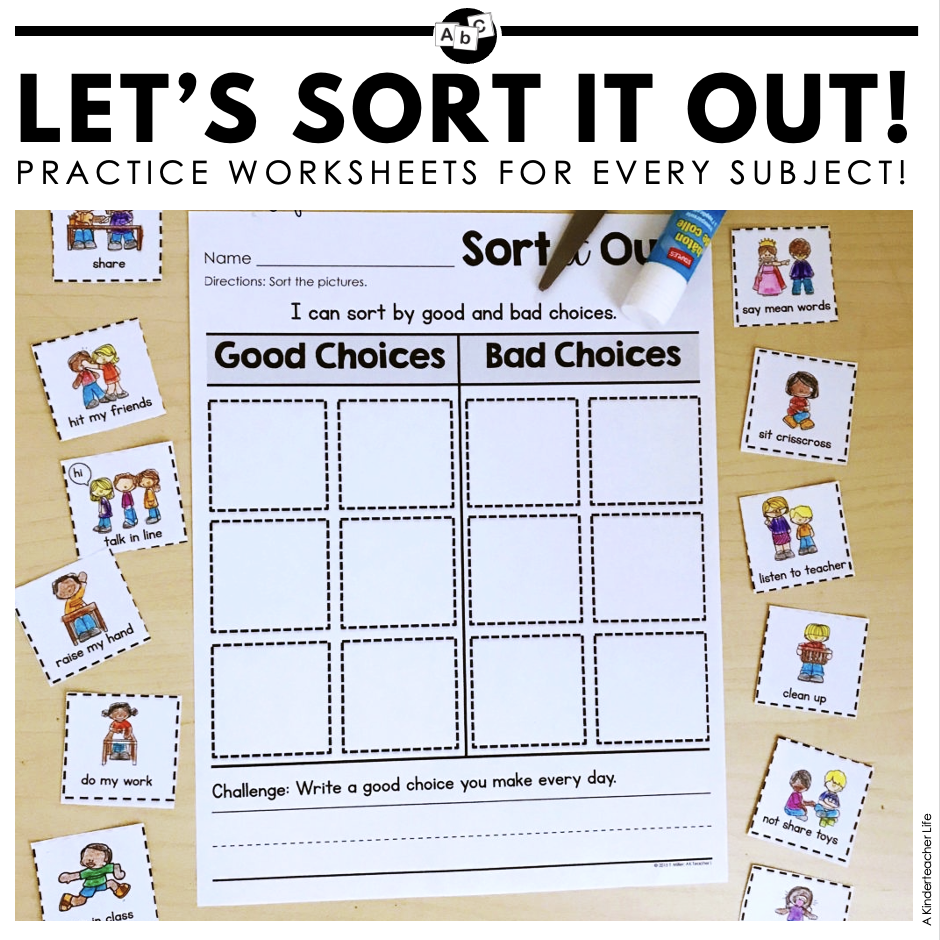
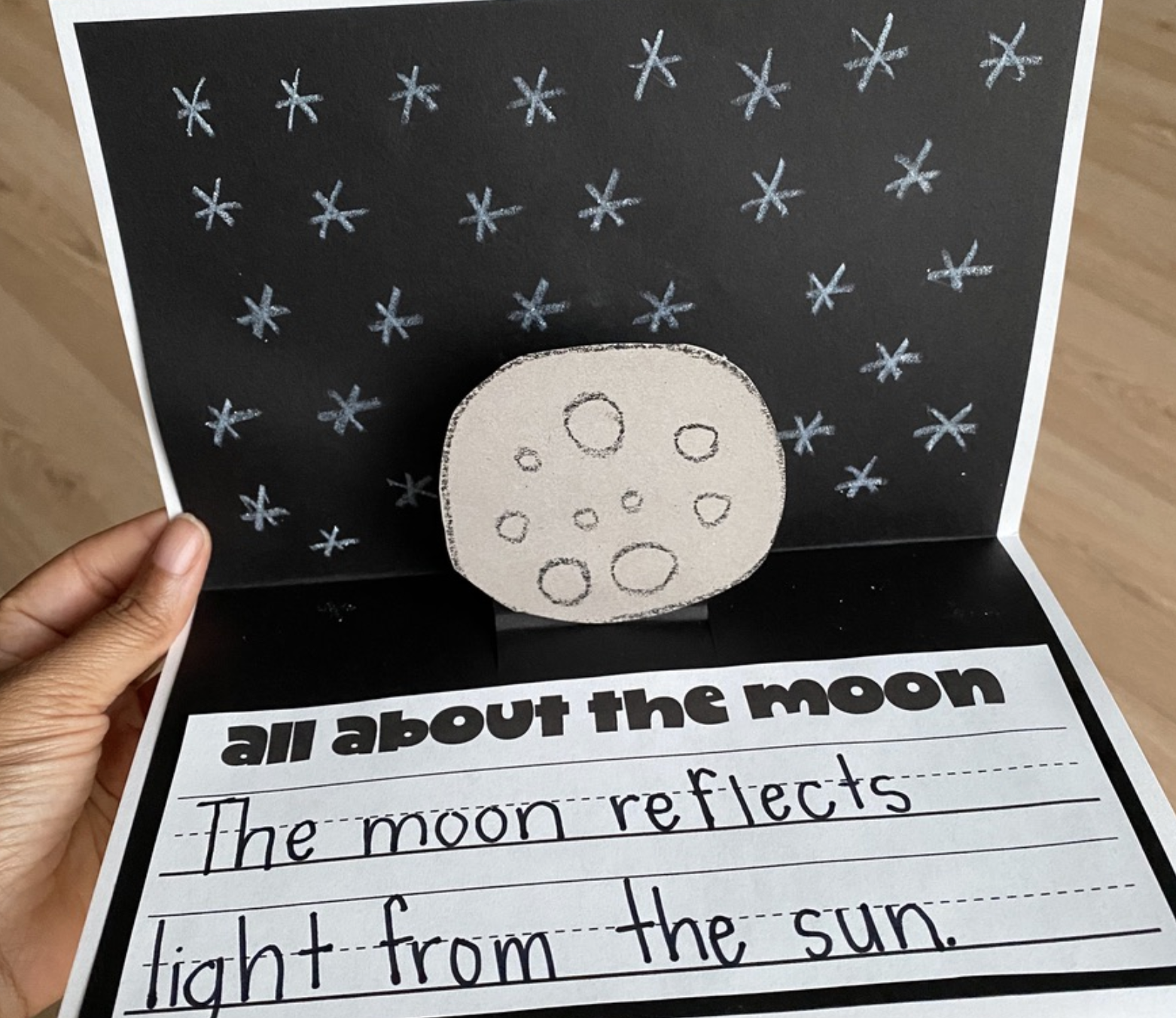
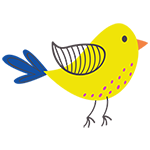
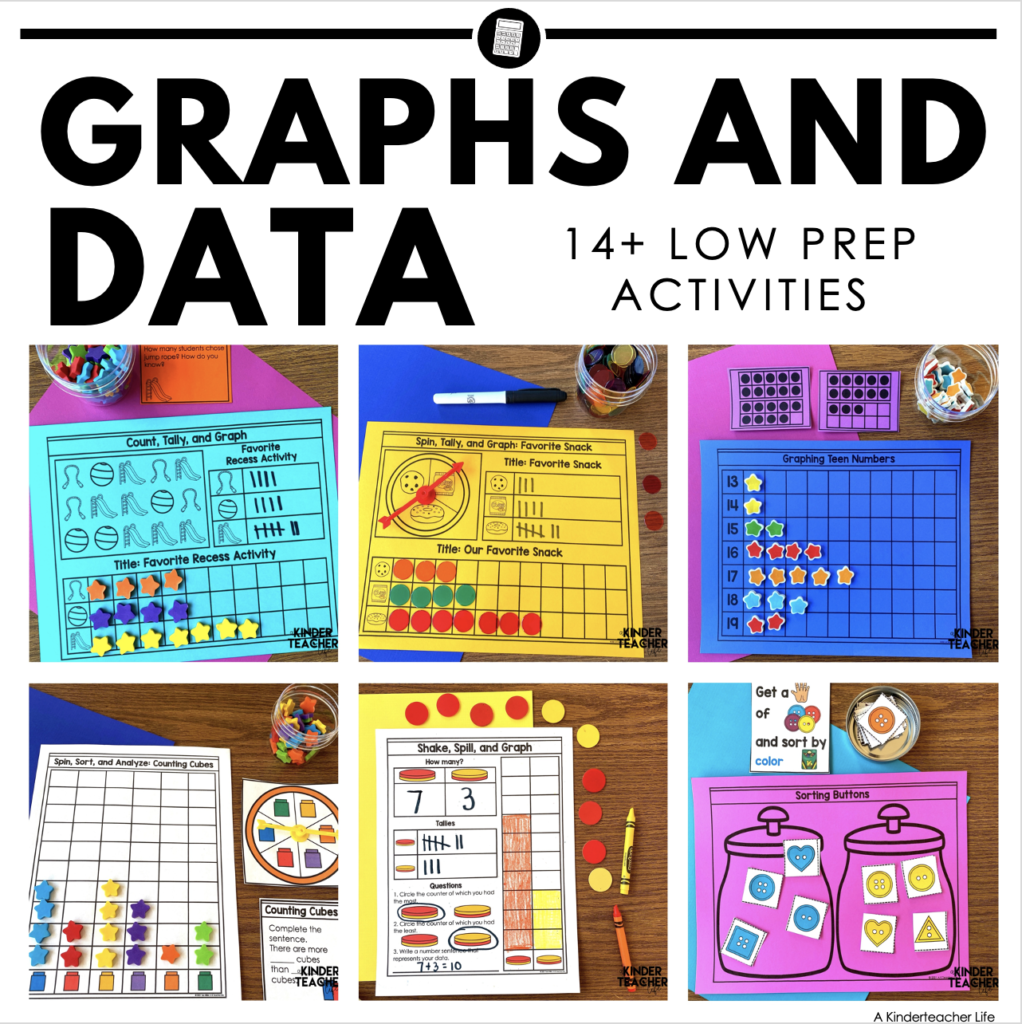
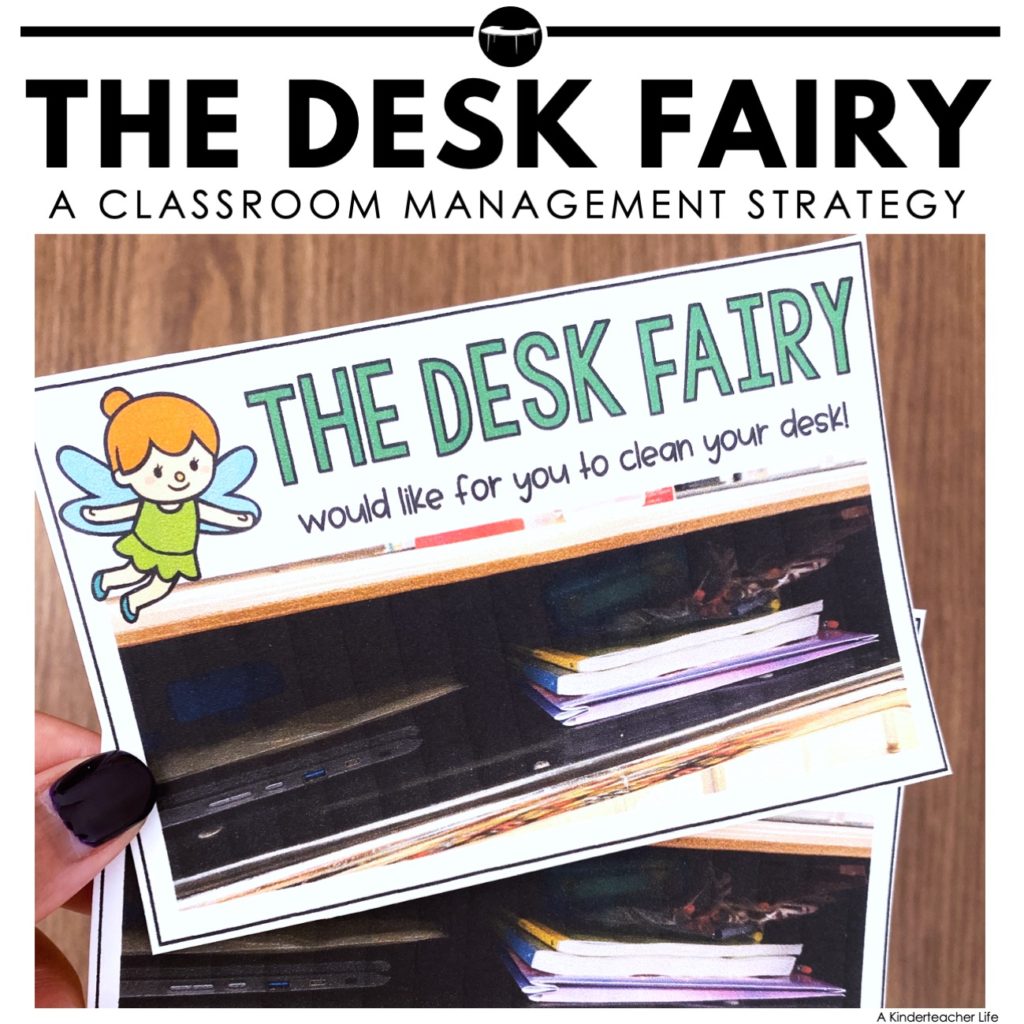

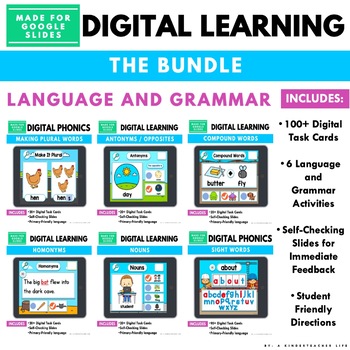
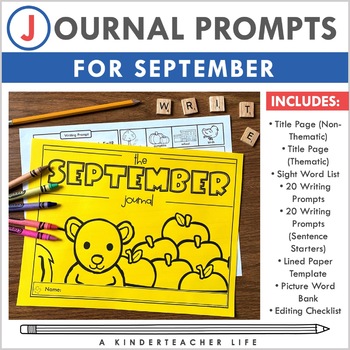
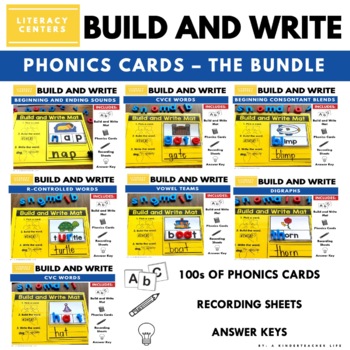

One Comment